Virtual Reality (VR) is a transformative technology offering immersive experiences like never before. However, many users face an unpleasant side effect known as VR motion sickness. This phenomenon can cause nausea, dizziness, and discomfort, which deters users from fully enjoying VR content. In this article, we'll delve into effective strategies and solutions to alleviate VR motion sickness, ensuring a smoother and more enjoyable experience for all users.
Understanding the Causes of VR Motion Sickness
VR motion sickness primarily arises from a disconnection between the visual inputs and the vestibular system in our inner ears, which helps control balance. When the brain receives conflicting signals from these systems—such as visuals indicating movement while the body remains stationary—it can lead to symptoms associated with motion sickness. Understanding these causes is crucial in developing and implementing comprehensive solutions for VR motion sickness.
Implementing Technological Adjustments
One of the most effective ways to tackle VR motion sickness is through technological adjustments. VR developers are continually refining hardware and software to minimize discomfort. Improvements such as higher frame rates can significantly reduce lag, ensuring that visuals match user movements more seamlessly. Additionally, adjusting field of view settings and reducing latency can aid in aligning visual and physical cues, lessening the chance of motion sickness.
Designing User-Centric VR Content
Designing content with user comfort in mind is another approach to counter VR motion sickness. This involves creating virtual environments that allow users to move naturally and at a comfortable pace. Incorporating 'teleportation' as a movement method instead of continuous locomotion can prevent the imbalance between perceptual signals that induces motion sickness. Audio-visual cues can also be optimized to simulate more realistic environments, further reducing the occurrence of virtual dizziness.
Physical Preparation and Conditioning
Sometimes, the key to overcoming VR motion sickness lies within the user themselves. Gradual exposure and conditioning can enhance one's tolerance over time. Users can start with brief VR sessions and gradually increase their duration as they become more accustomed to the stimuli. Staying hydrated, maintaining visual focus, and taking regular breaks are also beneficial practices that can help users acclimate to VR environments more effectively.
Future Prospects and Developments
Looking ahead, the future of VR is promising, with ongoing research aimed at completely eradicating motion sickness through advanced innovations. Emerging technologies, such as the development of new algorithms for predictive tracking and enhanced sensory feedback mechanisms, hold the potential to revolutionize the VR experience. As VR continues to evolve, users can look forward to immersing themselves in virtual worlds with minimized discomfort and maximal engagement.
By understanding the underlying causes of VR motion sickness and implementing strategic solutions, we can pave the way for more inclusive and immersive virtual experiences. As technology advances, we can hope for a future where VR motion sickness is a thing of the past, allowing everyone to explore the limitless possibilities of virtual reality without hindrance.



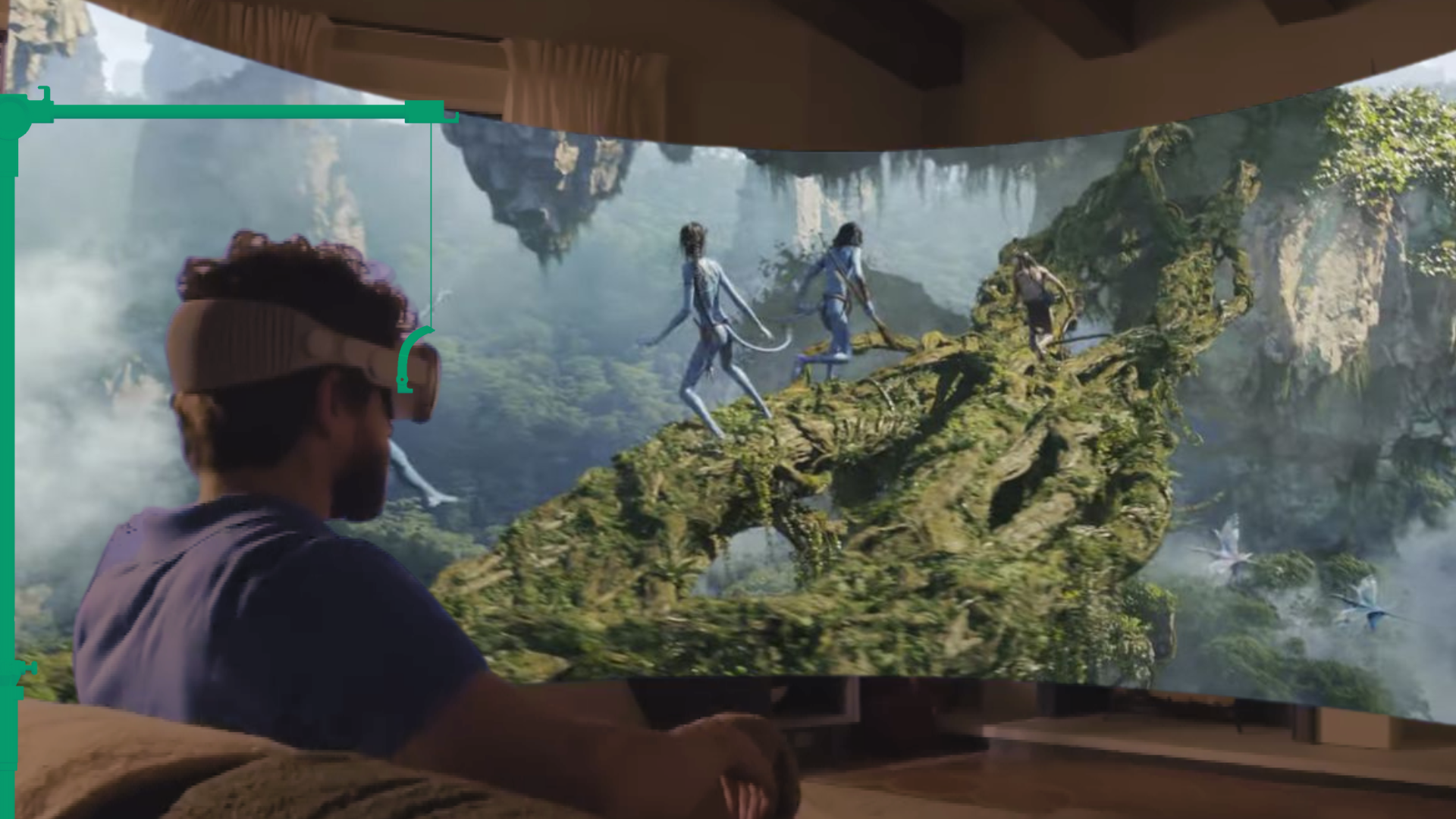
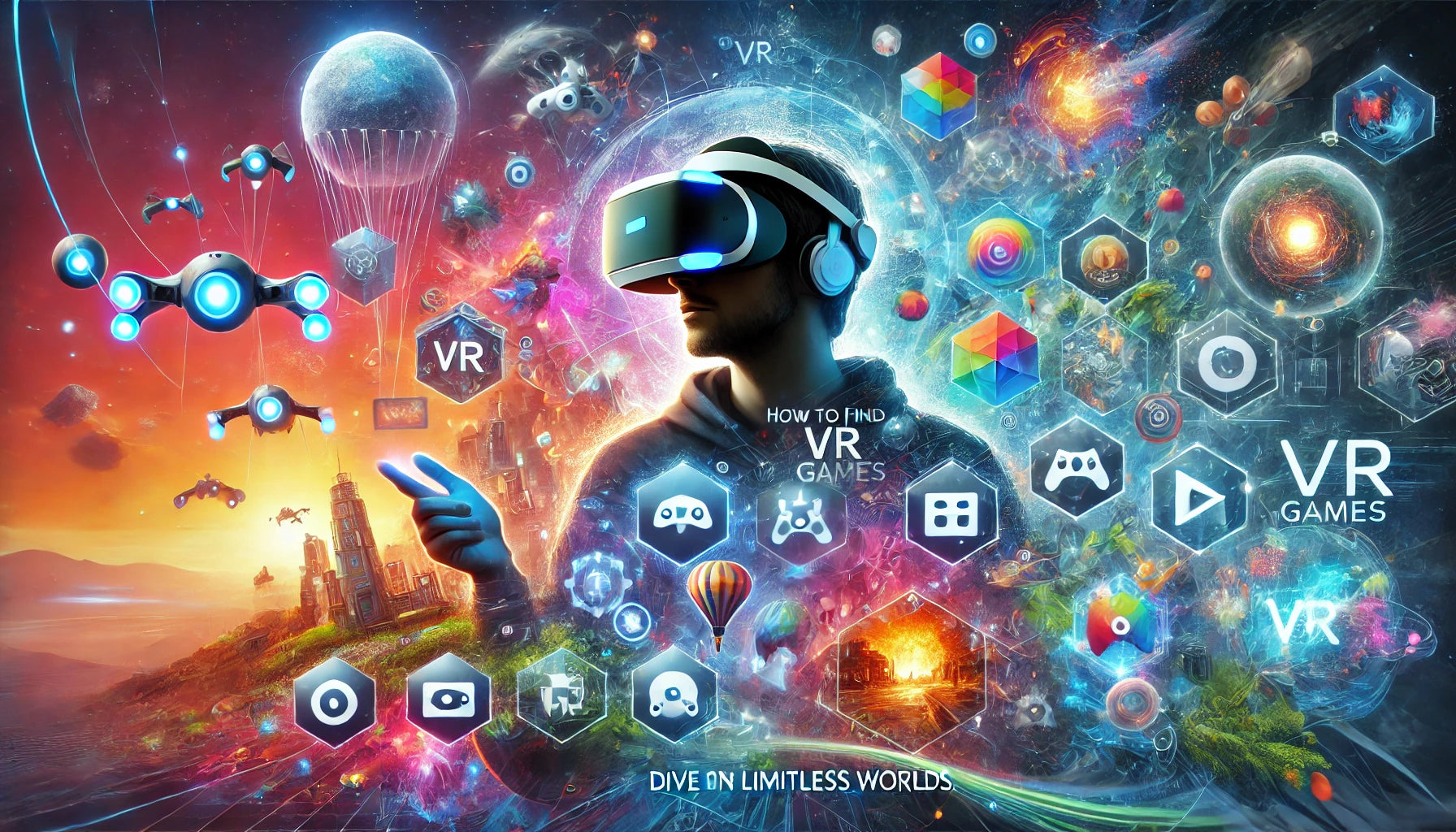
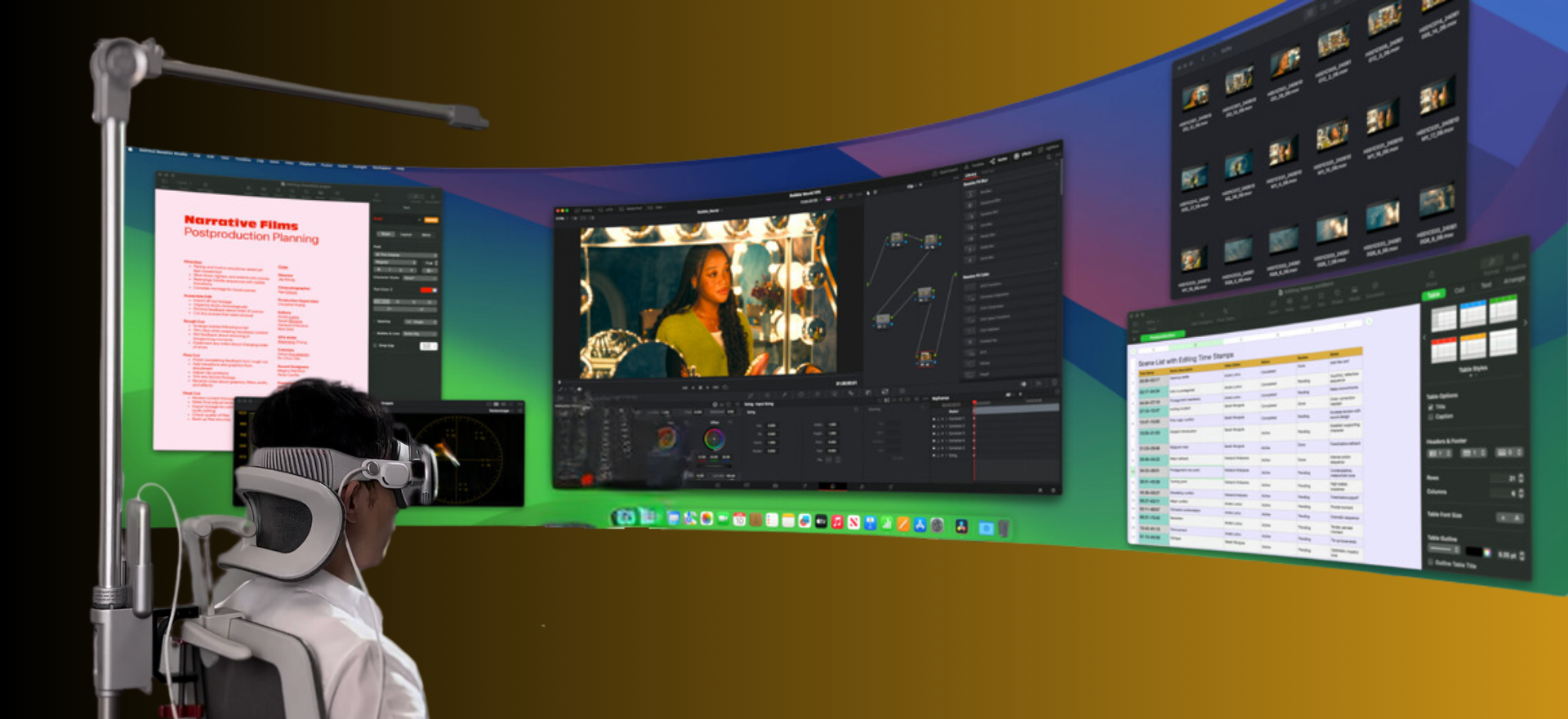
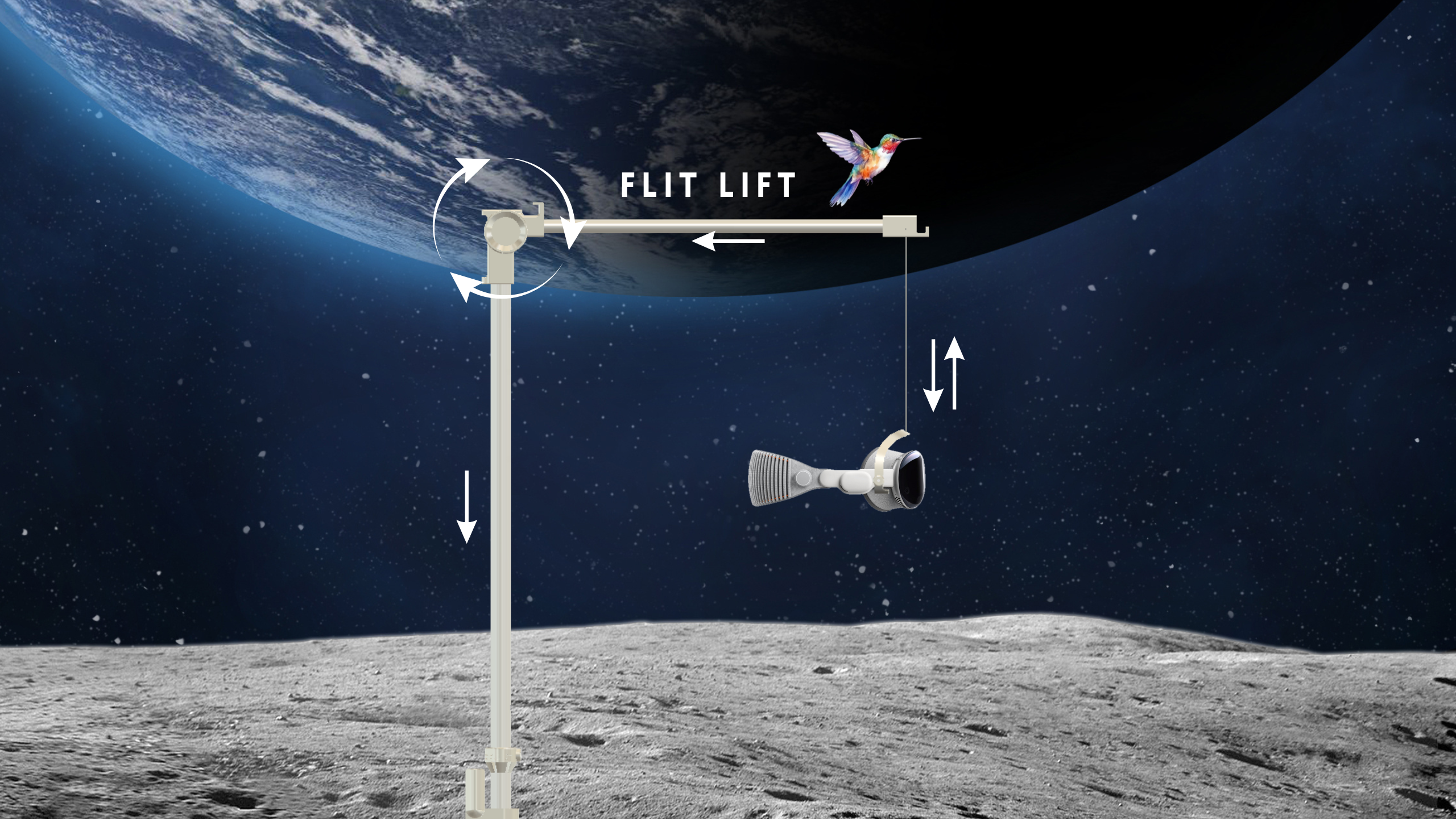
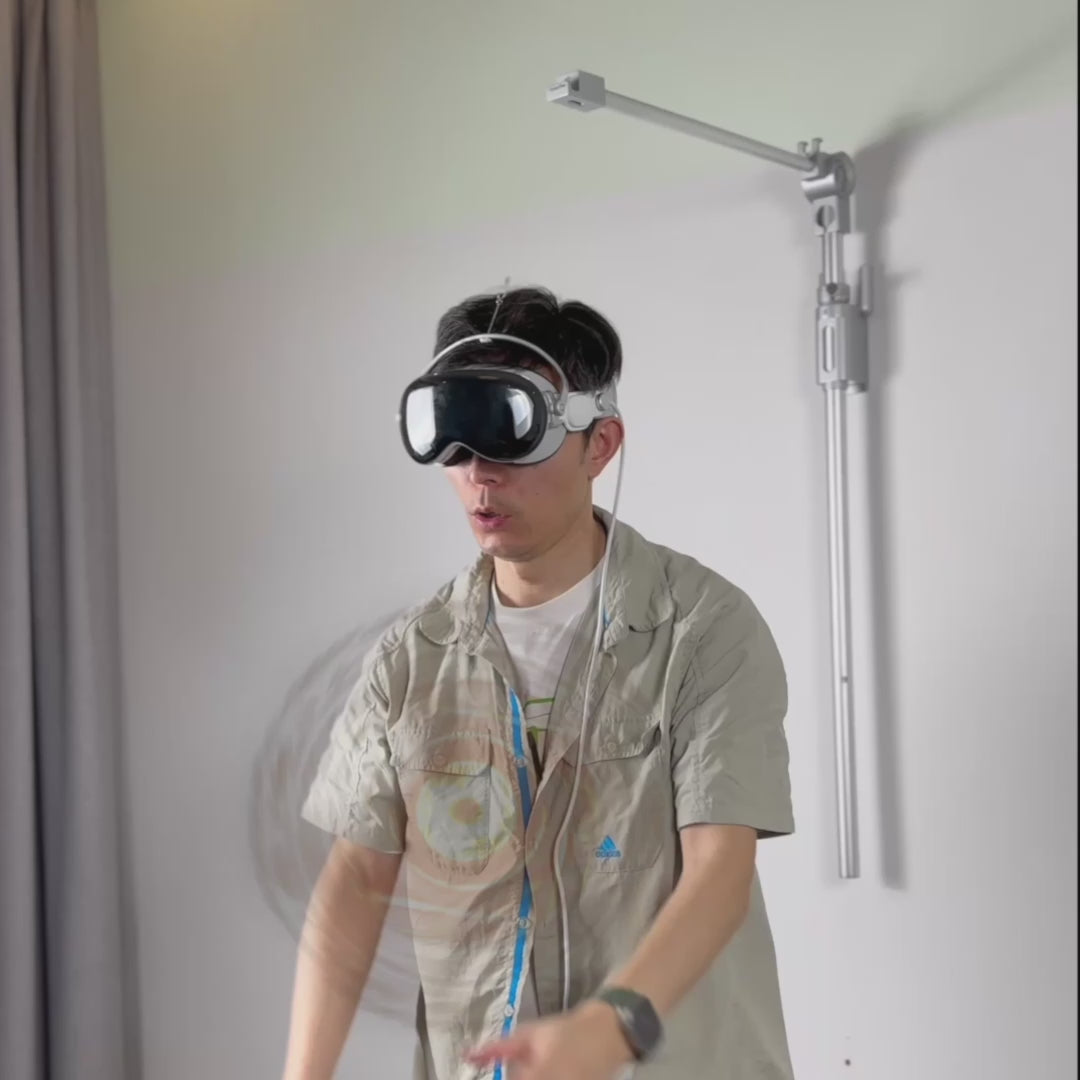
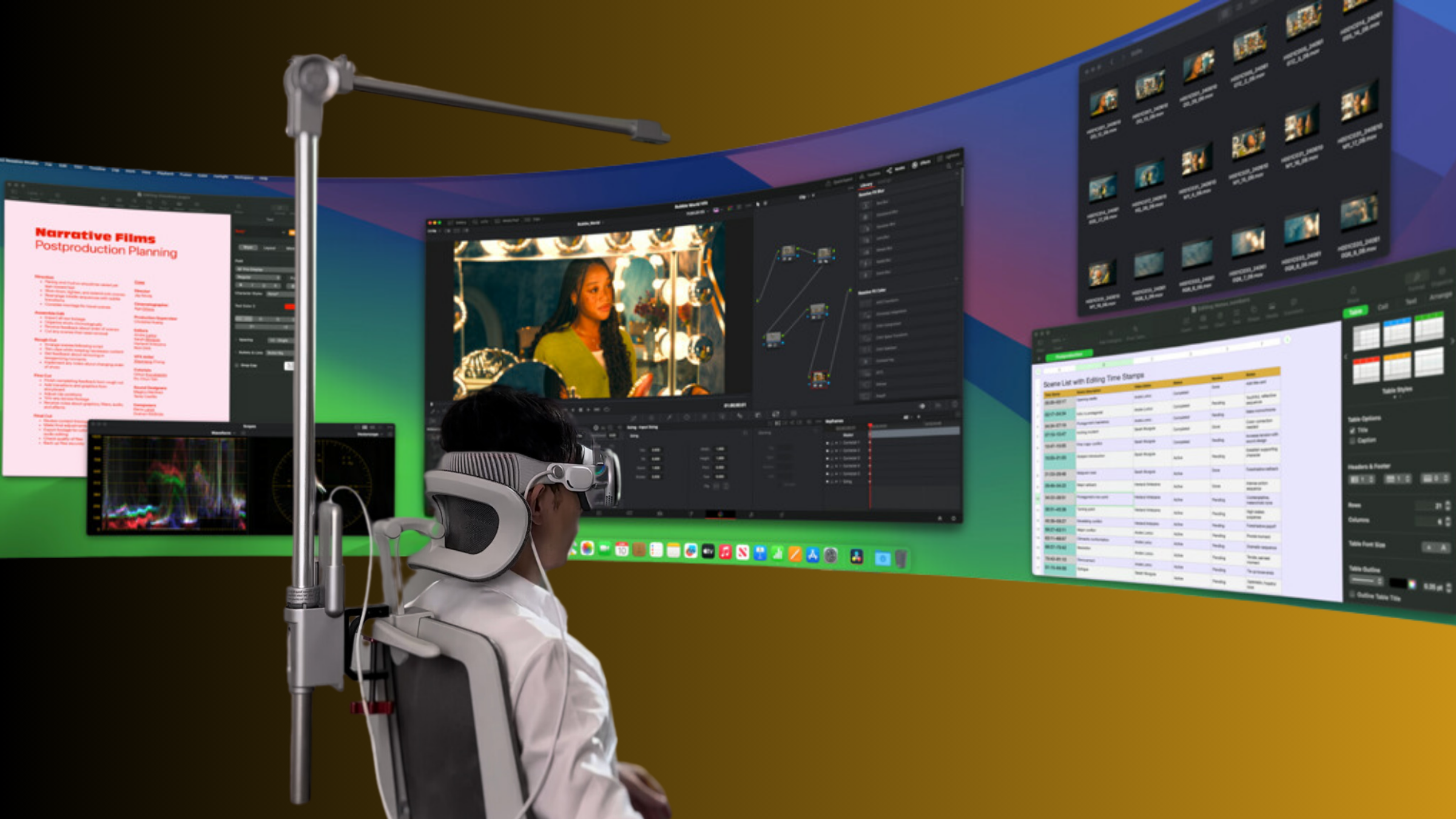
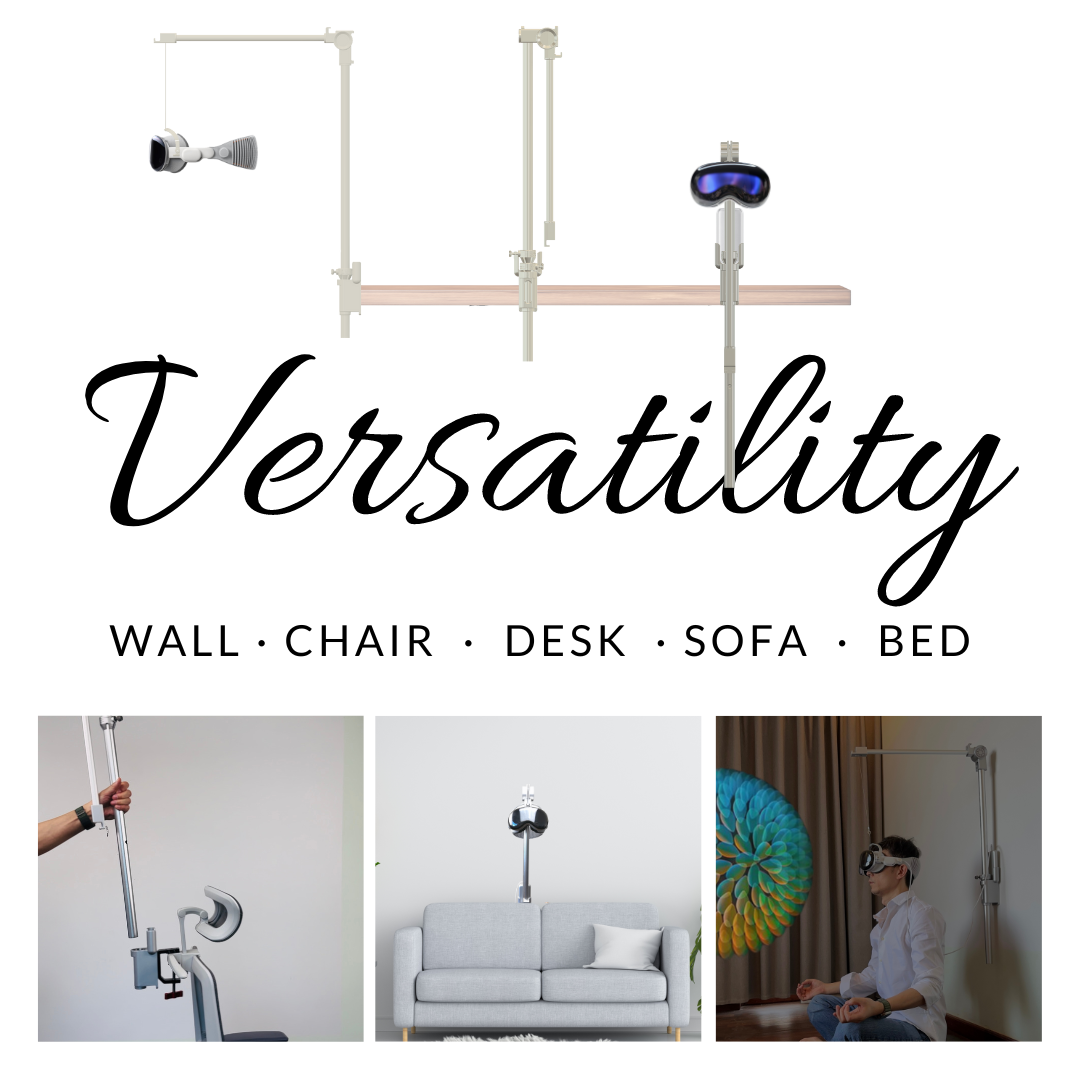
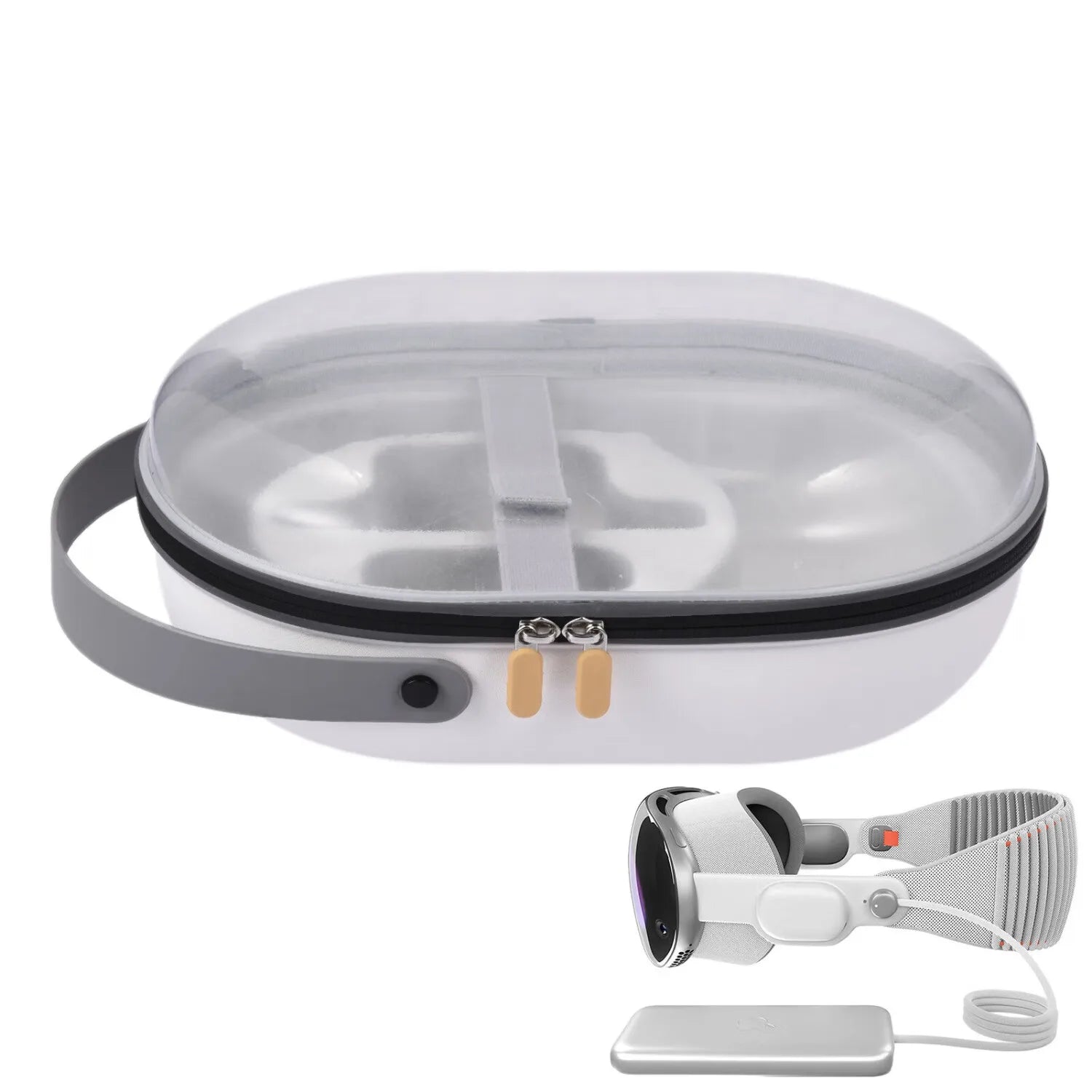
Share:
Uncover the Secrets to a Comfortable and Immersive VR Experience
Exploring Meta Quest and PS VR Comfort: Tips for a Weightless Feel